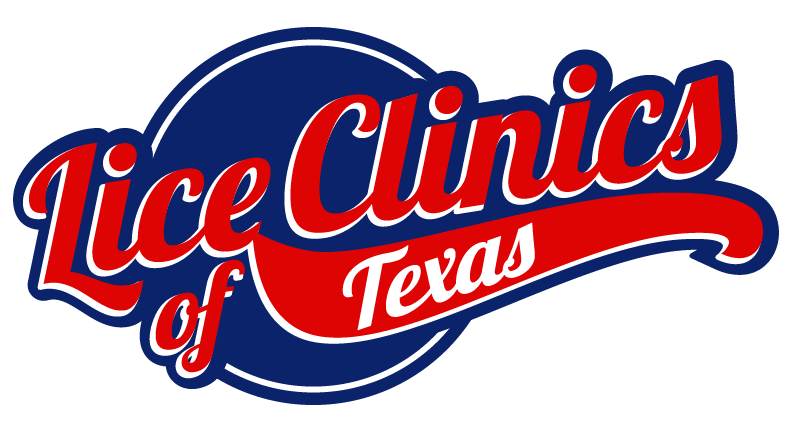Head lice are a nuisance. A problem that many families across the world deal with. In fact, it is such a common problem that most people will deal with head lice at least once in their lifetime. If you know what head lice are, how they live and how to identify them you can much more easily recognize when a case of head lice hits your home. Nits or eggs are where the problem begins. These fast facts will help you win the battle against head lice!
10 Fast Facts to Know About Lice Eggs
Fact #1 – Head lice lay eggs, called nits, very close to the scalp. Usually 6 mm within the actual scalp of their host.
Fact #2 – The nit is glued onto a single hair strand with a secretion from the female that makes it much more difficult to remove than a piece of dandruff. It is literally cemented onto the hair strand for protection.
Fact #3 – Nits need the warmth of a human host to survive. If they are knocked off or removed they will die and wither away within 24 hours if a new host is not found.
Facts #4 – Nits are extremely small, making them difficult to see. They are .8 mm by.3 mm in size, oval and colored a yellowish-white, making them almost transparent.
Fact #5 – Because of their transparent color, nits are often seen as the color of the hair of the person they infect. This can make them even more camouflaged and difficult to identify.
Fact #6 – Nits take close to a week to hatch. Anywhere from 6 to 9 days on average.
Fact #7 – Once an egg has hatched, the shell of that egg remains connected to the hair strand, often appearing more white in color as it is now just an empty casing.
Fact #8 – Nits need to be peeled off of the hair strand, and will not simply flake off, as would a piece of dried dandruff or excess hairspray.
Fact #9 – A single female louse can lay up to 8 nits per day. This means that within a week just one adult female can invade a scalp with close to 60 nits. The average case of head lice is not identified until close to 20 adult lice are present. That is a lot of eggs being laid per day.
Fact #10 – Most commonly head lice are passed through direct head to head contact. However, passing a nit from one person to another is possible through sharing combs, brushes, hats, towels, or any other items that could potentially be a carrier.
Still have questions or concerns? Lice Clinics of Texas is your BEST source for all things head lice. We are your local source for prevention, elimination, and helpful advice during your head lice outbreak. Call our knowledgeable staff today to find some answers.

